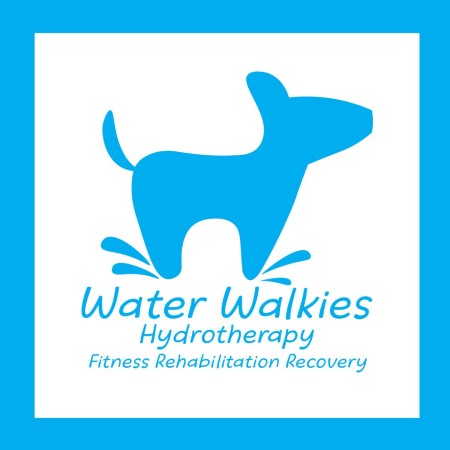Yoga is widely recognised for it’s physical benefits of strength, flexibility and balance, as well as being useful for reducing stress and anxiety through focused breath work and mindfulness, which influences the central nervous system.
Frontline Yoga was founded by former Army combat engineer, Chris Thompson-Lang, who noticed that the 90 minutes of peace during his first yoga class had a profound effect on him. The practice helps first responders with the ability to take a deep breath and centre themselves when faced with a life threatening event or emergency. It has also been shown to assist with the managing of and recovery from post traumatic stress disorder (PTSD).
The organisation offers free yoga classes to frontline emergency service personnel across several states. Instructors participate on a voluntary basis because they want to share the benefits that yoga can have on frontline personnel. Rebecca Davis is a massage therapist and yoga instructor in the Illawarra who is volunteering her time and expertise for the program in Wollongong.
“I’m very excited to be joining the team at Frontline Yoga. I will be offering FREE, trauma informed yoga to current and former frontline workers, including medical staff, military personnel, firefighters, police, paramedics and volunteer emergency service members… No prior yoga experience or particular level or fitness or flexibility is required.”
The classes will be held at the WEA in Auburn St, Wollongong on Tuesday evenings (commencing 4th May) and can be booked online here.
The benefits of yoga for frontline personnel
Yoga incorporates strength, endurance, flexibility, balance and breath work. It increases range of movement, encourages circulation and stimulates the healthy flow of chemicals (hormones) within the body. From a philosophical perspective, yoga requires acceptance over what can and cannot be controlled. For a frontline worker, often faced with stressful situations on an ongoing basis, yoga can help to create that pause before making a conscious decision, rather that simply being reactive.
While yoga has both physical and mental health benefits for all members of society, it’s considered particularly valuable for those working in emergency and high pressure settings. The 2019/2020 bushfire season saw both professional and volunteer firefighters experience unprecendented conditions for an extended period of time. Health workers have been working in the ever-changing world of Covid for over 12 months and the workers’ compensation bill for NSW Police hit $218.5 million in 2018-19, up 24 per cent on 2017-18. One in 5 of those claims relate to mental health.

What is Trauma Informed Care?
Trauma-informed care is a philosophy being rolled out through NSW health that recognises:
- a significant number of people living with mental health conditions have experienced trauma in their lives
- trauma may have impacts that can be life long
- those impacts can affect the person, their emotions and their relationships with others.
- trauma is defined by the impact that an experience has had on the individual rather than by the event itself.
Bessel van der Kolk is a clinical psychiatrist and recognised as one of the world’d leading experts in dealing with trauma. He wrote about the benefits of yoga as a tool for managing and recovering from trauma in his book, “The Body Keeps the Score”
“As I often tell my students, the two most important phrases in therapy, as in yoga, are “Notice that” and “What happens next?” Once you start approaching your body with curiosity rather than with fear, everything shifts.”

HOW DOES YOGA SUPPORT MENTAL WELLBEING?
A recent study by University of South Australia and a UNSW researcher showed that yoga improved the mental health of people living with depression, post-traumatic stress, anxiety, alcohol dependence and bipolar disorder, with the benefits increasing the more yoga they practiced. This research joins many other studies conducted since the 1970’s that offer similar findings.
Movement based yoga is believed to assist in producing seratonin, as well as the breath work component helping to reduce stress levels and lower blood pressure.




